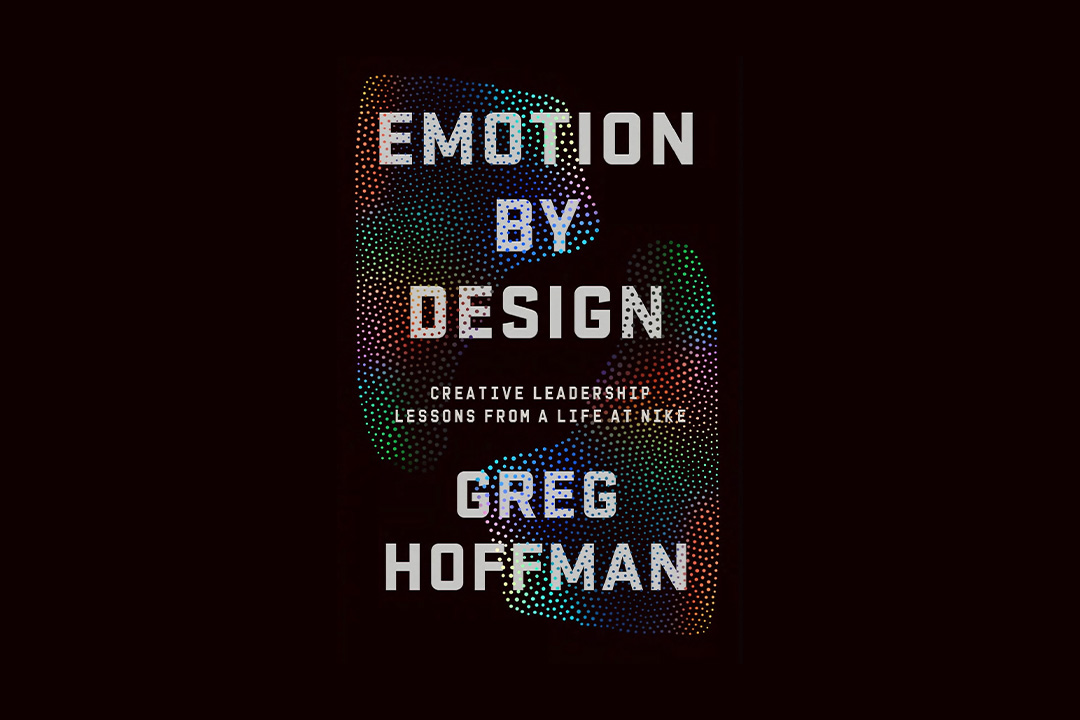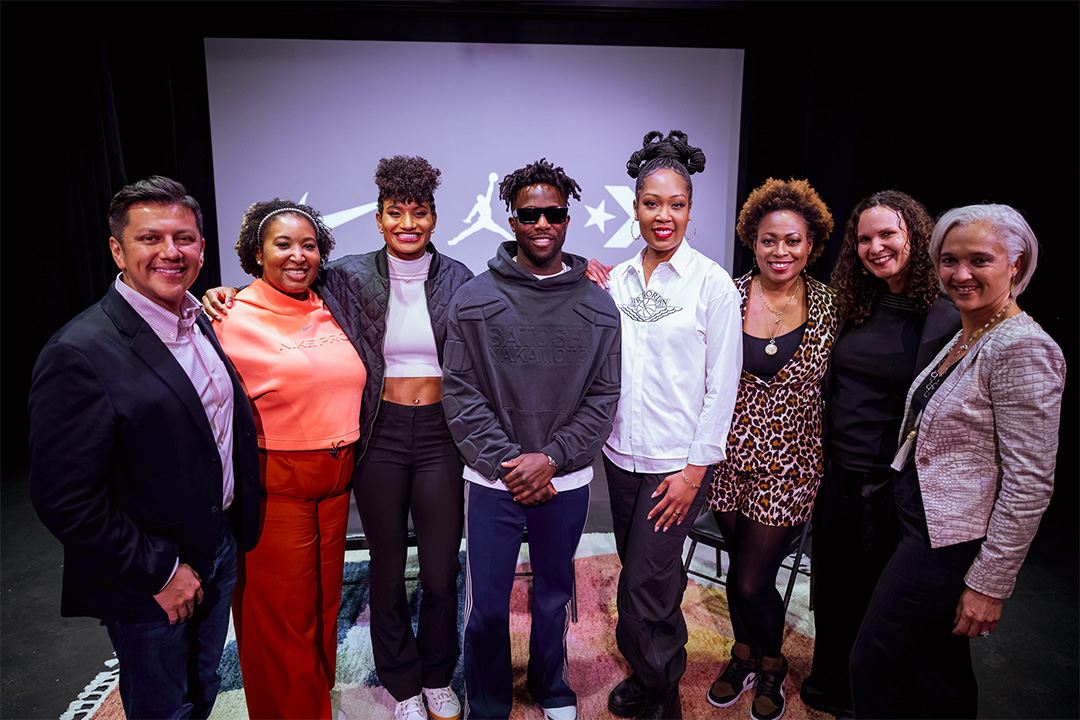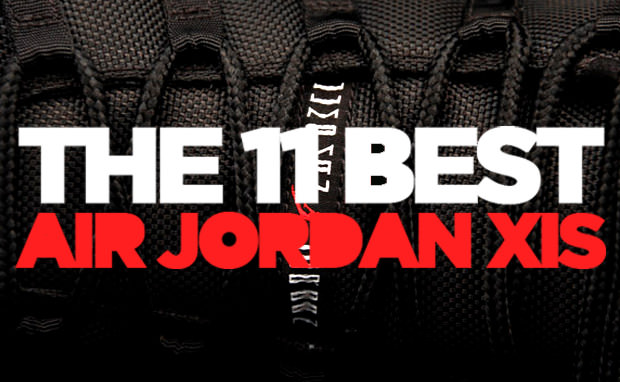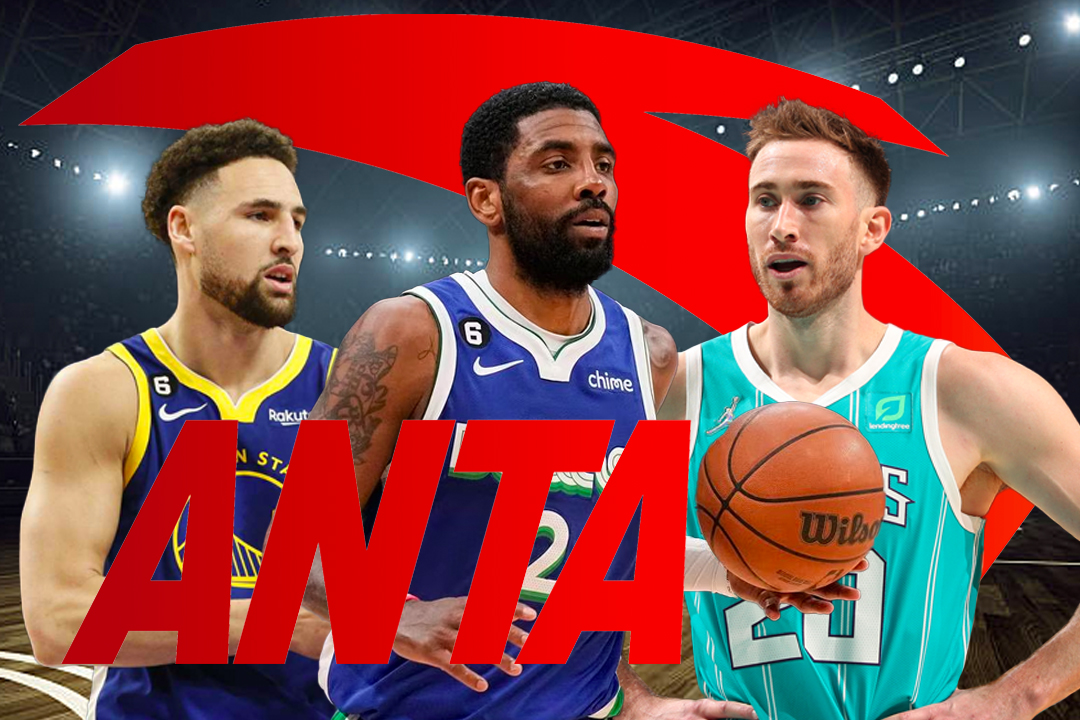This post may contain affiliate links. Please read our disclosure policy.
We got the privilege to chat with Greg Hoffman, former Nike Chief Marketing Officer on his new book, Emotion By Design. We talked about his start at Nike as an intern and climbing the ranks to become CMO, campaigns he’s worked on, and what he wants readers to get out of the book. This interview has been edited and condensed for clarity.
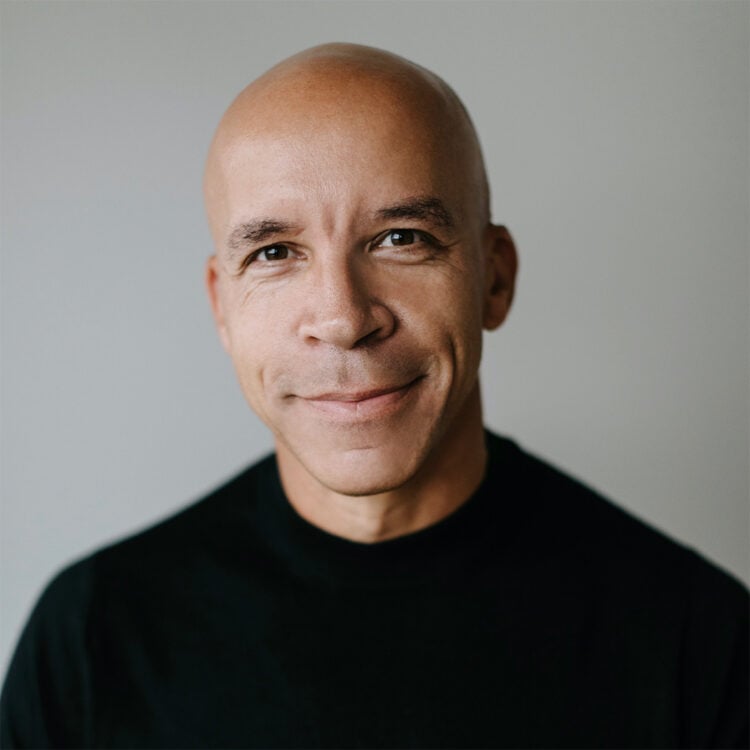
NK: So what prompted you to start writing the book and how long was the process?
GH: So what prompted me to start writing the book is I had seen the power of creativity and a creative culture and creative teams within a business that was Nike and how powerful that was in terms of how it connects to people and communities in an emotional way and at the same time, how that ability also led to some of the most groundbreaking campaigns and movements to create positive social impact in the world. And that is something that we need more of. And I think brands large and small and leaders, whether you’re a leader of one or a leader of many, have an opportunity to play a bigger role in the world. And I wanted to offer up a playbook that I’ve been thinking about for a while now. And the best way I could do that is to illustrate these principles through my own experience within one of the world’s coolest and most influential brands. And as far as time, again, I’ve always written down my thoughts and musings and created principles and manifestos about design and marketing. And I had a catalog of these ideas, and that’s where the process started. And over about a year and a half, that began to take shape in narrative form and become what is now is Emotion By Design.
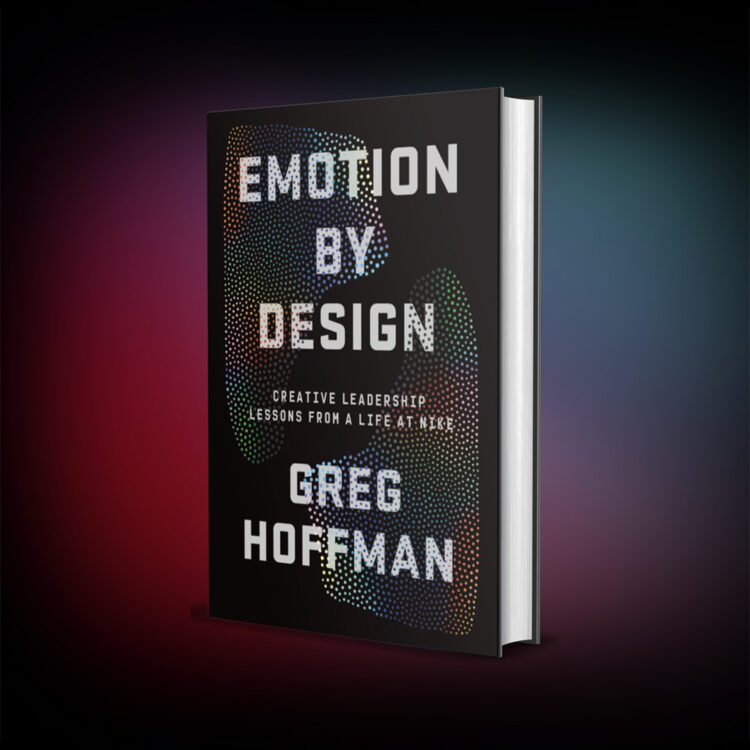
NK: Can you tell us about your history with Nike and how you got your start there?
GH:
I had two huge passions growing up as a kid, art and sport. I shared a small bedroom with my two brothers. There was not a lot of room, and besides our three beds, there was my drafting table, where I drew every day, a sand-filled weightlifting set right in the middle, and then my parents took one of the walls in the room and put a wood frame around it. That became my art mural. And basically, I would draw sports logos on the wall and superheroes because I was really into comic books at the time. And so that’s where that passion for both drawing and branding came from. And then, of course, all the sports I played growing up and the obsession with that. I always thought I would have to make a decision in terms of what path I would take as a career. Would it be within the world of sports or the world of art and design? And lo and behold, I didn’t have to choose because I was lucky enough to get an internship out of college at Nike. At the time, I had no idea there was a headquarters or office in Portland, Oregon.But what I did have was the Wings poster of Michael Jordan in my apartment in college. So every day, I would come home, open up the apartment door, and there was Michael Jordan staring at me with the William Blake quote underneath that said, “No bird can soar too high if he soars with his own wings.” Now, imagine looking at that poster and not knowing that a year later, you were actually going to be working for the guy that designed it, Ron Dumas. Like a lot of college kids, I was pretty broke with no transportation, but my parents ended up borrowing me their van. That Ford van had the airbrushed panels on the outside and everything. And I drove the van 27 hours from Minneapolis to Portland. And I drove right to the Nike headquarters because that’s the only address I had. The problem was that the internship didn’t start until the following Monday. So I slept in the van in the parking lot for 3 to 4 nights.
NK: Something about Nike and vans, it just goes hand in hand.
GH: It’s so true. And you know what? There were even poker tables and, like, curtains in that van. And so, as much as I was a bit embarrassed about it, it ended up being a huge part of what ultimately got me there and also showed the support that my parents always had for me. They didn’t have a lot, resource-wise, but they always fueled my passion for sport and art.
NK: You kind of talked about it just now, but what was your relationship with the brand before you started your internship? Sneakerhead culture wasn’t really a thing back when you started and social media wasn’t around so what was your relationship with Nike before jumping on board there?
GH: My first pair of Nike sneakers were the Air Force 1 Highs I got in 1984 for freshman basketball and just absolutely loved them. That same year, a big turning point was when I saw the Nike “I Love LA” ad during the LA Olympics. I was a young track athlete and was inspired by the Olympian Carl Lewis, featured in the ad. And so here’s this commercial on TV, where you have this musician, Randy Newman, driving a convertible down the streets of LA singing I Love LA, and all these sports superstars appearing, like Mary Decker Slaney, Pedro Guerrero, and as the car goes through Santa Monica, all of a sudden Carl Lewis flies into frame and jumps into the sand. It just blew me away.
And that’s that idea of Emotion By Design, stirring the deepest emotions in an individual or your audience in a way that, goes beyond just a product. Then fast forward to, 1987 and the iconic Revolution ad comes out. And once again, Nike is using music with the Beatles. In the film, you’re seeing athletes just like you and me, not just professional athletes. That’s when I started to understand that this was an invitation into a movement of human potential.
And then finally, I would say my affinity for the brand was solidified with the Bo Knows commercial. Through the ad, Nike introduced the concept of cross-training to the world. Many of us were already doing cardio and lifting together, but it was never branded. Seeing this ad seeing Bo participating in every sport imaginable, my allegiance to the brand was signed and sealed. The ad was also the launch of the slogan “Just Do It.” It was the first time it showed up in communication. So imagine seeing all this as a teenager, and then within four years, you’re running around the corporate campus as an intern. And so, there were a lot of moments throughout my life that hooked me on an emotional level with this incredible brand. And then to arrive there and spend 27 years was just a privilege. And to your earlier point, Nike’s presence in the world and in culture grew and truly transcended sport. And I was just really honored to be a part of so much of it.
NK: Is there a favorite ad campaign that you’ve worked on or a standout campaign that you’ve worked on throughout the years that just has a special place in your heart?
GH: Yeah, one was the Find Your Greatness campaign that launched during the London Olympics. The reason being is that while the whole world was watching the professional athletes in London compete, we decided to do a campaign based on the fact that there are 25 other towns named London around the world in different countries. In those places, there are individuals just like you and I and everyone else that were having their own Olympics. This instilled the idea that you’re not born with greatness. Greatness isn’t a birthright. That we all have it within us, and it’s up to us to define the definition of greatness and go out and get it. So that was one.
And then another one was The Last Game, which was a five-minute commercial film that was part of the Risk Everything campaign. The film was groundbreaking given that it was animated, in partnership with Passion Pictures. And of course, you can’t have a conversation about advertising and Nike without talking about Wieden and Kennedy and the incredible partnership and creative chemistry Nike has had with them. It’s one thing to have the most talent, but as I like to say, talent starts the game, but chemistry wins it.
A lot of my job was making sure that we had creative chemistry between the creative marketing disciplines, within the brand teams, as well as with the partners we worked with externally. But I go back to the Last Game, because it was such a brand and industry-defining work, in terms of doing something that was that long in length and to surprise everybody by doing an animated film during the World Cup. So, oftentimes it’s about defying the status quo, taking the risk, while other brands deliver stories that are traditional in nature. I think, Nike has always been a brand of risk-takers and defied the conventional ways you tell stories. And I think that’s something that everyone can learn from. I mean, that’s the whole point of the book. It’s not about big budgets and huge teams. The principles in the book are designed for those of us that also are looking to practice in one of these creative fields and need some filters that might be helpful as they find their way, whether it’s to be a product designer, a blogger, a writer, whatever the pursuit is. You asked me about my favorite campaigns that I worked on.
I’d also like to share my favorite Nike commercial of all time with you, because it’s all about risk-taking. I encourage everyone to watch this. It’s the Michael Jordan 9,000 shots commercial. What’s incredible about this film is it really shows that the best creative work starts with a lot of questions and conversations to find a unique insight. To get to the truth or insight that you’re going to reveal, you have to get there first. The creative team with Wieden and Kennedy spent time with Jordan and learned that he had missed 9,000 shots in his career and 26 he had been trusted to take the game-winning shot and missed. But his point was that he’s failed over and over again and that is why he succeeds. It’s just really powerful in the way the team brought that to life. And you know my point is and why I share this with you and why so much of Nike’s communication over the years have struck such a big chord, is that while we may not be able to dunk the ball like Jordan or Kobe or LeBron, right? But we can relate to this idea of making sure you’re putting yourself into a position to win, even though you may miss the shot. You taking the risk. So, figuring out how to take these heroes and their unfathomable athleticism and exploits on the court or the field or track, but make them relatable and show that like us, they, in this case, embrace the idea of failure to succeed.
That’s part of innovation. If you want to be an innovator as an organization you need to incentivize risk-taking within your teams. Your teams need to be able to have permission to freely use their imaginations to break new ground. You also have to accept the fact that oftentimes a lot of your ideas aren’t going to make it. It’s important for a small or large teams, to have some breathing room to dream and a platform where you can freely share those ideas to get support. That’s why in the book, I share certain concepts that there was no business brief for. It was a conversation between a couple of people that served as the catalyst for the idea. That was why I wanted to share the story of the origin of the House of Hoops stores. Just the fact that it started as a conversation, about how can we showcase the unbelievable passion that we have for basketball but within a store format and not feel that we have to compromise? And certainly, if you look at someone who loves basketball, you might walk into the bedroom and their entire walls are filled with all these stories, objects and images and this energy and passion. And how could that translate into a commercial space? Oftentimes that’s where it starts. If you ask the question, what if? That often starts you on the path of innovation.
NK: in the book, you go into your career at Nike. You started out as an intern, went to become a designer, and then you transitioned to become a leader, and then eventually CMO. What are some things that you learned throughout this process of going from just a designer to someone who is in charge of a larger group?
GH: It’s a great question. One of the things I always did, because I really look at myself as a hybrid, you know, kind of a brand strategist and a marketer, but also a creator and a champion for creativity. Coming up through design, there are certain characteristics that I believe people have that practice creative problem-solving. They’re empathetic. They look to see what others see, but really get underneath the surface of the subject, to find what others don’t. That’s that idea of finding the insight through the trait of empathy to start a creative process. Then there is the trait of curiosity. So now you have the problem you want to solve in the most meaningful way. But now you need points of inspiration that you can apply to the process so that you can create something distinct. And then finally, creative types, right-brain thinkers, don’t like the status quo. You may process things in a non-linear way. My mission with a lot of what I did in my career as a leader was to make sure there was space for people that, quite frankly, don’t always fit within a corporate structure. Whether it’s introverts or day-dreamers. As I say in the book, diverse voices that have oftentimes had to deal with bias and barriers that have prevented them from being in there. So being a champion for, as I say in the book, the creative dream team if you will. The biggest transition for me was that I started my career as a designer, really leading through my hands and my creative work.
That’s how you’re showing the world, your leadership. Then as I started to manage and lead teams, I really had to lead through my voice and learn to delegate and be ready to empower other people to create. It’s interesting, I look at Phil Jackson, he’s not alone in this but he had this philosophy and it’s called the magic ratio in terms of, how many positives to negatives you use when you’re trying to coach players. And he always lived by giving 3 to 5 positives for one negative as a way to create confidence and momentum. Not looking away when something needs to be worked on, but understanding that there’s a lot of different personalities and you can’t just use one method uniformly across your entire team when you’re trying to create creative momentum. So that idea of a magic ratio I feel relates to leading creative teams. There are a lot of metaphors and analogies with the sport of global soccer in the book because my career really followed the trajectory of Nike becoming, the leading soccer brand in the world, right? From almost nothing when I entered as an intern. But, have you watched FC Barcelona at its height?
NK: 2011 Barcelona?
GH: Yeah. Pep Guardiola was coaching them then and they would have games where they would pass the ball 40, 50, even 60 times without an opponent interrupting the passes. I would show these clips to the marketing and design teams I was leading, who had to radically collaborate together on global work, which wasn’t easy since the group of departments had at times operated independently from one another. Why I would use FC Barcelona is they have a playing style called Tiki Taka. Everybody moving together on the soccer pitch with these short passes. No one’s waiting. There’s a difference between waiting versus anticipating, and everyone’s sharing the energy on the same field. And so a big part of what my role was had breaking down the silos that the teams worked within and really getting all these teams to work together, whether it was brand design, brand advertising, the retail team, you name it. Getting everybody to pass the ball and play on the same field. And that’s that idea of radical creative collaboration. It’s kind of equal parts, self-confidence and self-awareness, and you need that. The second, if I can just add another, is where I use the Brazil national team, with who I had spent so much time over the course of my career. Here’s the thing about the Brazil national soccer team is a lot of football teams at the time, it was about order and control and perfection.
They had a playbook. Yes, they had an offense that was structured, but they left room for improv. They allowed the individual creative eccentricities of the player to reveal themselves in a game. It’s the ultimate form of diversity, right? Because the whole point of diversity is being able to bring yourself and your experiences and your perspectives in life into the workplace and being able to influence that process. Right. Certainly, that’s what I set out to do with my team, is to make sure we had a structure we were able to deliver against the plans. But at the same time, knowing that I needed to allow each individual to bring a bit of their personality and life experience into the workplace. I think that’s one of the keys with brands like Nike in terms of why are they more innovative than the next company? And I think part of it is, is that and I think that’s if anything, that’s going to be more and more important as we move forward just in the world is certainly young people today, you know, have a have an expectation that they are able to, you know, live the personal in the professional environment in a constructive way is key.
NK: That’s a great answer, I love soccer. So I love hearing how that has influenced you and bringing that to your leadership is amazing to hear.
GH: I’ll give you one more soccer example because it really stood out, and it’s one we used, and it’s one we actually turned into a creative principle. In 2002, Ronaldo showed up to the World Cup on top of the Football world. He shows up with his head shaved, but he left a wedge or triangle of hair on the front of his head. Everyone’s like, “What? What is going on? Is this a mistake?” He knew exactly what he was doing. Not only did he have that haircut, but he was also the Golden Boot winner; he had the most goals in the World Cup that year.
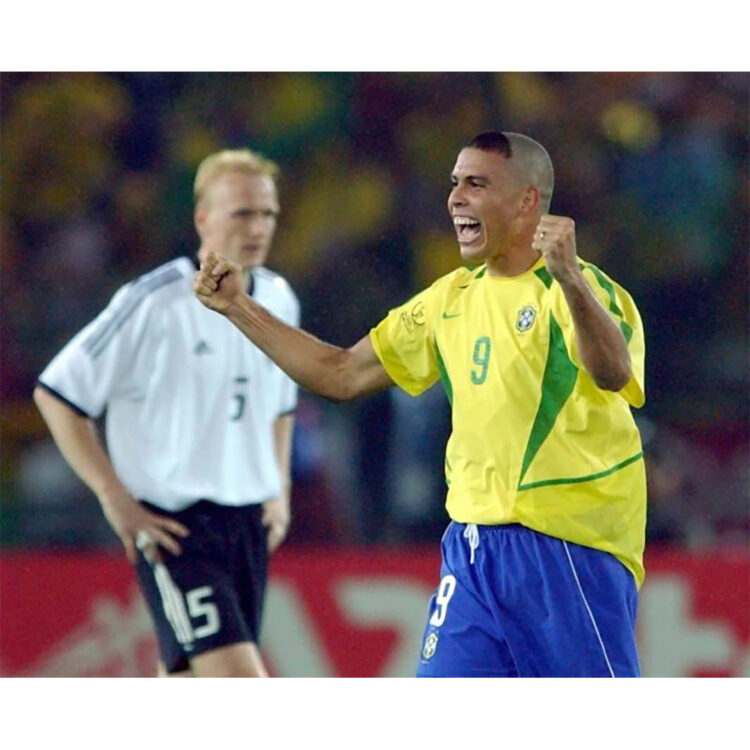
So we would say “haircuts matter” in that context., This idea that style without the performance is just fleeting, right? Especially in culture. Performance without style can be respected. But quite frankly, it might be forgotten. But when you have style and performance together, that’s where distinction happens. That’s why I liked that Ronaldo example. Now, had he not delivered on the field from a performance standpoint, then you know, the style is not going to have the same impact. So that’s just another way of saying that. Always root your solutions in what is the problem you’re trying to solve and what’s the benefit you’re bringing into the world? And then how can you create that in a form that stylistically is very distinctive? And then the final piece, which is the book’s title, is how can you infuse and surround that solution with emotion, right? And make people feel. When I say that, Joey, I’m not just talking about making people feel great about your brand, I’m talking about making them feel great about themselves and their ability to achieve amazing things. Brands that can do that are transcendent. That’s where it gets powerful when you make that shift as a brand; I don’t care what product category you’re in, and you start thinking about really trying to empower people and go on this journey with them; that’s a different level of brand building and indeed, something that Nike has done such a great job of.
NK: And just a couple more questions I have for you before I let you go. I took a deep dive into your Instagram. I see that you’ve received a gift from Nike featuring 364 logos. For someone who started out designing logos in your bedroom and all that, is there a specific logo that you’ve always loved that you designed or a logo that you haven’t designed but wish you did?
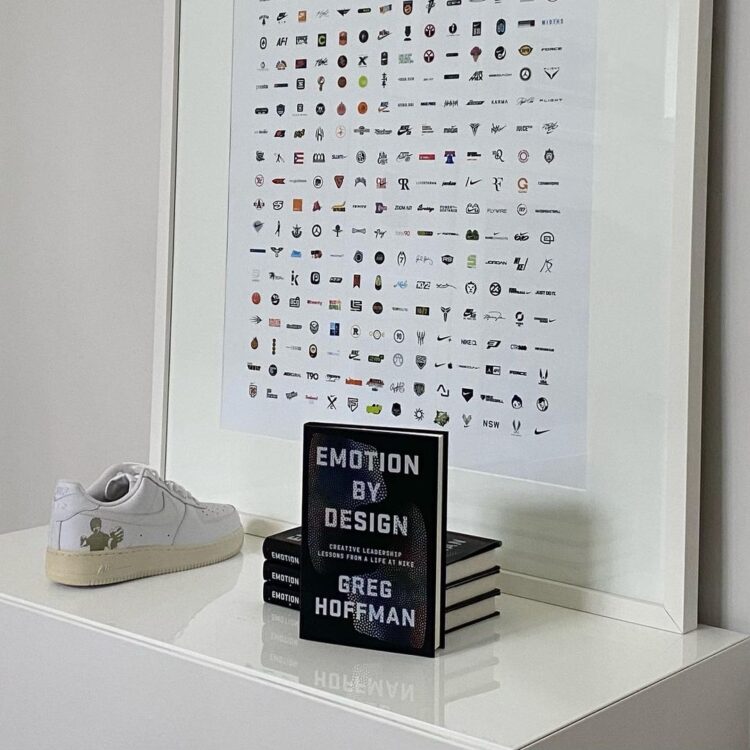
GH: Let’s start with the Jumpman. The Swoosh has been written about a lot, and it deserves all of its due, of course, and it’s a brand mark that is the envy of many brands. But when you look at the Jumpman logo, not only has it stood the test of time, but it’s just grown and grown in terms of meaning and relevance and in impact. But you’re going to get a lot of consensus on those, so let me click down. When I got to Nike, the ones that really resonated with me were the original Force and Flight logos because, if you think about it, the logo was only composed of typography. As someone who was a typography major in college, to show up to work at Nike and to see logos like this, wow. The Force logo was kind of blocky, bold, and strong typography design. For athletes that played like Charles Barkley, and that really resonated. And then over here, it’s the Flight logo. And again, through typography, its design is more airy, it’s lighter in weight. So this idea of expressing the essence of a product or a style of play through simple typography those two really stood out for me.
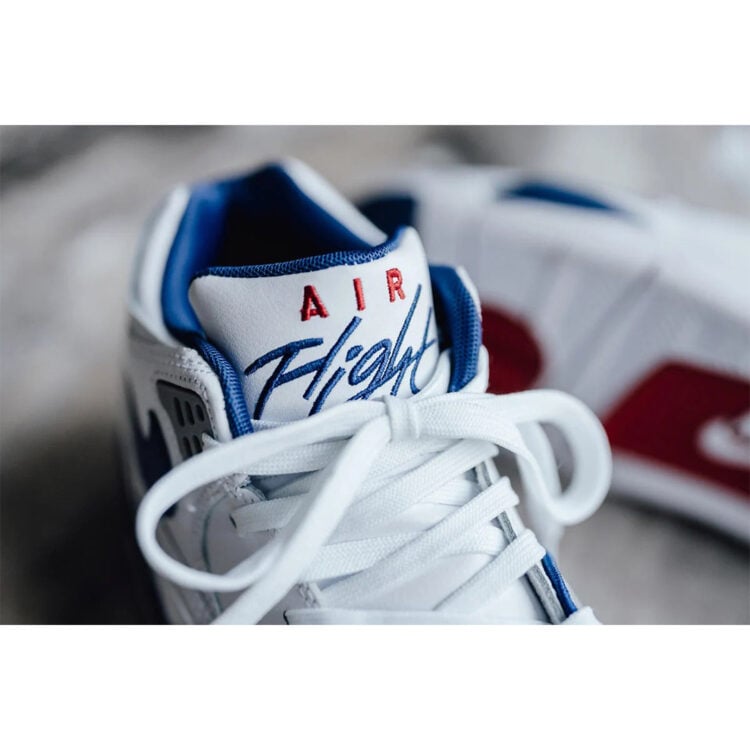
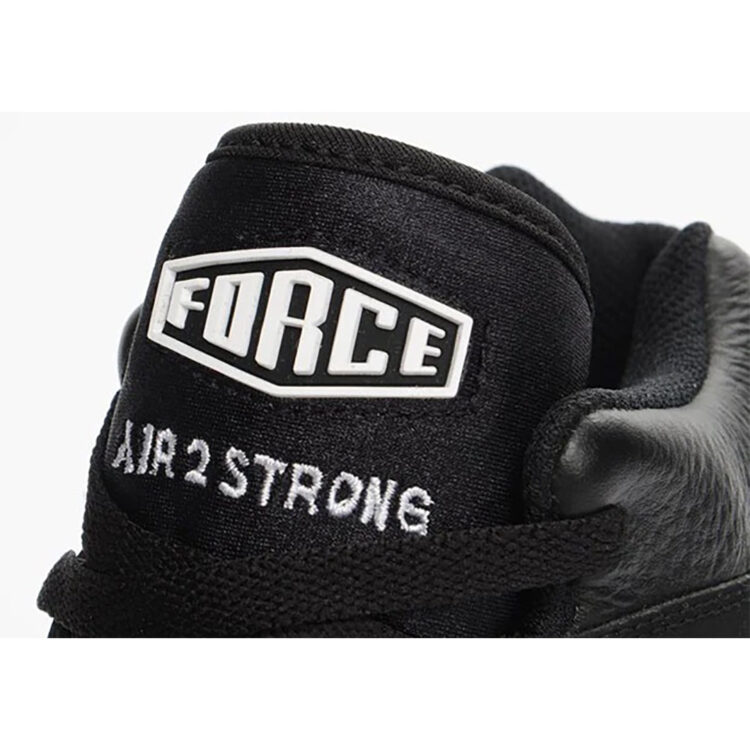
Then I talk about this in the book, but the last official logo that I had the privilege of designing was the Nike Shox logo. Having been able to be a part of so many logo projects and lead a lot of teams to create them, oftentimes it could take a year to get the right logo and require hundreds of different versions to get there. But with the Shox logo, the very first sketch I did was the logo that you see today; I just didn’t know it was the one when I first drew it. We went on to work with two different agencies to create 80 different Shox logos. When we came back to relook at the logos, we kept going back to that first one I sketched, and ultimately, that’s the one we went with. So, you never know, sometimes you got to embrace the creative gauntlet and just keep pushing and pushing and pushing, regardless of how tired you get. And then other times, now and then, you get it on the first try.
NK: Speaking of that logo, I don’t know if you know this, but it’s still relevant today within basketball because the Nike GT Jump, the shoe Jokic and the bigger guys are wearing, the Shox-like logo still is on there like it’s a little Easter egg. You could barely see it, but the logo still lives on 22 years later.
GH: One last thing about that, related to the launch of the incredible Shox Innovation. In the Olympics, Vince Carter jumped over the center of the French national team, who’s over seven feet. You just can’t plan or create that. Sometimes reality imitates or exceeds art, often better than any ad can do. And he actually did that in a game. Again, I encourage readers to look that one up because that vertical leap is definitely up there with the greatest.
NK: Last question I have for you, what are some things you want readers to take away from this book?
GH: I was an outsider as a kid. I’m mixed race. I’m half black, half white. I’m also an adoptee, adopted into my loving white family, and grew up in an all-white school system. So, most often, I was the only person of color in the room. In many ways, I escaped from adversity into my art and my, drawing and sports. Right? So, this is, in some ways, for folks who aren’t sure where they fit in. I think they would get a lot of inspiration out of my story as someone who was trying to find their way early on, didn’t really see anyone that was like themselves, but over time found themselves in positions where they could help others that they saw as outsiders, too. And I think people looking for an untraditional path will enjoy this book because my path was certainly unconventional. I’ll leave you with this. The last three sentences in the book are “be human, create emotion, and leave your legacy.”
And it’s really simple. We need more humanity in the world. We need brands to be more human. And when you’re human, you’re able to create emotional connections. Relationships between brands and their audiences in some cases, have become a bit more automated in nature, often due to all the latest digital technology and platforms at our disposal. And so, we need to engage with our audiences through the natural human characteristics of empathy, curiosity, and courage. And finally, when you’re able to stir those emotions, you are better able to leave your legacy. You’re able to play a bigger role as a brand or an individual when you’re resonating in such a profound way in people’s lives. It can allow you to really change the world for the better. And certainly, you saw that through the Colin Kaepernick campaign and many other campaigns that I was a part of. But that’s that idea of being human, creating emotion, and leaving your legacy. It’s the structure of the book. And my hope is that people can be inspired by it and find a practical playbook for creating a better world.
Emotion By Design is available now on emotionbydesign.co and wherever books are sold. Much thanks to Greg for taking the time to chat with us, and follow Greg on Instagram at @ghoff70.
